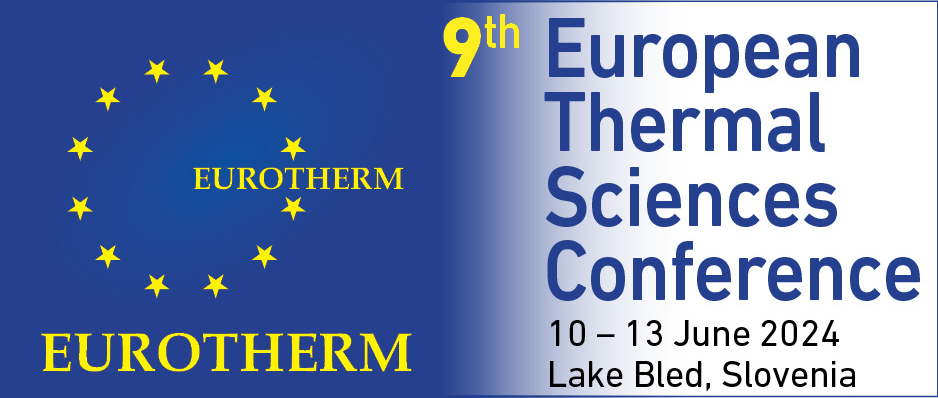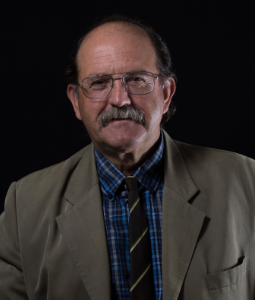Multiscale computational fluid dynamics modeling in congenital heart disease
Alain Kassab, Ray Prather, Arka Das, Eduardo Divo, and William DeCampli
Computational fluid dynamics (CFD) is seen to be increasingly utilized in a wide range of medical applications including device design and surgical treatment planning. CFD has reached the bedside in the context of personalized medicine. For example, the approach is currently approved to estimate the flow fraction reserve in the treatment planning for coronary artery disease. In cardiovascular applications, imaging from a CT-scan or an MRI of a patient is utilized to render a solid model of the geometry of the section of the vasculature to be analyzed using specialized commercial or open-source medical segmentation software. Alternatively, representative solid models of the anatomical region may be constructed using CAD tools. Pulsatile hemodynamics are then resolved in 3D time-accurate CFD computations of the anatomical region of interest. The time-dependent flow and pressure waveforms boundary conditions driving flow are provided by a 0D lumped parameter model (LPM) of the unresolved peripheral vasculature based on electric circuit analogies of fluid flow. This multiscale 3D CFD - 0D LPM coupling can be carried out in loosely or strongly coupled manner.
Two applications are presented investigating hemodynamics of palliative treatment of hypoplastic left heart syndrome, which is a congenital heart defect affecting nearly 1/3800 babies born each year in the USA, the hallmark of which is the presence of only one functioning ventricle. Palliation involves a series of three staged surgical interventions aimed at restoring a serial circulation powered by the single functional right ventricle, establishing the so-called Fontan circulation. The first example explores the complex hemodynamics of the novel hybrid comprehensive stage 2 operation, focusing on areas of potential clinical concern. Next, the developments and modifications of the injection jet shunt (IJS) that taps into the reserve power of the heart to energize the Fontan circulation and reduce inferior vena cava (IVC) pressure are presented. The IJS is a passive device that may be effective in addressing the mortality and morbidity caused by elevated IVC pressure experienced by many if not most Fontan patients. Management of the complex flow interactions of a confined pulsating jet interacting with a low-speed co-flow within the confines of the physiological constraints of the Fontan is made possible by the multiscale CFD model, which also incorporates an oxygen transport model. Computational results show the feasibility of achieving an IVC pressure reduction of 3 mmHg or more along with clinically acceptable levels of oxygen saturation.
Professor Kassab earned his BS in Engineering Science 1983 at the University of Florida (UF), his MS in Mechanical Engineering 1985 at UF, and his PhD in Mechanical Engineering in 1989 at UF. He joined the Mechanical and Aerospace Engineering Department (MAE) at the University of Central Florida (UCF) in Fall of 1991, where he served as MAE Graduate Program Coordinator 1996-2003 and 2008-2015. Since 2015 he holds the position of Director of the Biomedical Engineering (BME) Program having launched both the MS in BME (2016) and PhD in BME (2023) programs at his institution. His research interests include bioengineering, computational heat transfer and fluid flow, inverse problems, boundary elements, and meshless methods.
He has authored or co-authored over 400 journal, conference papers, books, and other scientific publications. His research has been supported by the NSF, NASA, NIH, American Heart Association, Orlando Health, Additional Ventures, the Children’s Heart Foundation, United Launch Alliance, Siemens, and local industry.
Professor Kassab has received several teaching and research awards at UCF including the 2000 University Excellence in Graduate Teaching Award. He is UCF Trustee Chair Professor and UCF Pegasus Professor. Professor Kassab is editor of the journal Engineering Analysis with Boundary Elements, is Associate Editor of Critical Reviews in Bioengineering, and serves on several editorial boards. He has organized and chaired 11 international conferences including the 5th International Conf. on Engineering Frontiers in Pediatric and Congenital Heart Disease in 2016 in Orlando and has served on numerous international conference scientific committees.
Professor Kassab is Fellow of the American Society for Mechanical Engineering (FASME), Fellow of the American Institute for Medical and Biological Engineering (FAIMBE), and Fellow of the Wessex Institute of Technology (FWIT).
He has authored or co-authored over 400 journal, conference papers, books, and other scientific publications. His research has been supported by the NSF, NASA, NIH, American Heart Association, Orlando Health, Additional Ventures, the Children’s Heart Foundation, United Launch Alliance, Siemens, and local industry.
Professor Kassab has received several teaching and research awards at UCF including the 2000 University Excellence in Graduate Teaching Award. He is UCF Trustee Chair Professor and UCF Pegasus Professor. Professor Kassab is editor of the journal Engineering Analysis with Boundary Elements, is Associate Editor of Critical Reviews in Bioengineering, and serves on several editorial boards. He has organized and chaired 11 international conferences including the 5th International Conf. on Engineering Frontiers in Pediatric and Congenital Heart Disease in 2016 in Orlando and has served on numerous international conference scientific committees.
Professor Kassab is Fellow of the American Society for Mechanical Engineering (FASME), Fellow of the American Institute for Medical and Biological Engineering (FAIMBE), and Fellow of the Wessex Institute of Technology (FWIT).

